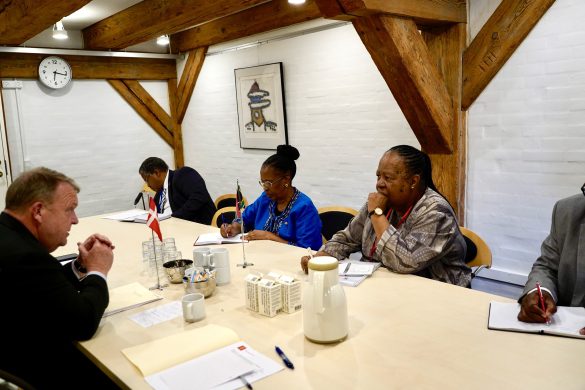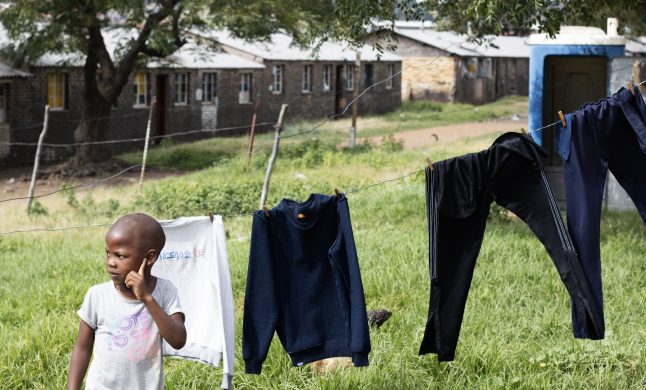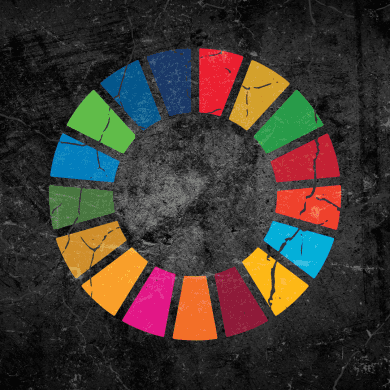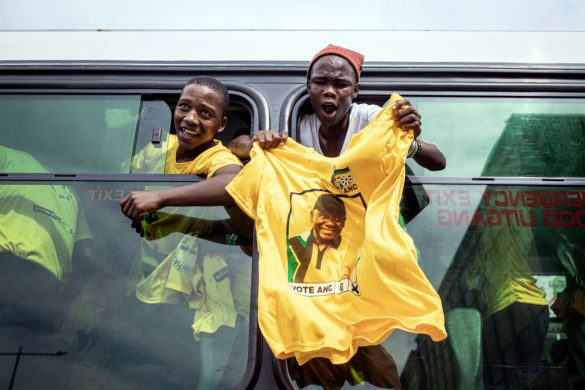4. marts 2015: Deutsche Bank has produced another major report that suggests solar will become the dominant electricity source around the world as it beats conventional fuels, generates $5 trillion (ca. 35 billioner DKK) in revenue over the next 15 years, and displaces large amounts of fossil fuels.
In a detailed, 175-page report, the Deutsche analysts led by Vishal Shah say the market potential for solar is massive.
Even now, with 130GW of solar installed, it accounts for just 1 per cent of the 6,000GW, or $2 trillion (ca. 14 billioner DKK) electricity market (that is an annual figure).
By 2050, it suggests, solar’s share will be 30 per cent of the market, and developing markets will see the greatest growth.
Nye forretningsmodeller vinder frem
“Over the next 5-10 years, we expect new business models to generate a significant amount of economic and shareholder value,” the analysts write in the report. Within three years, the economics of solar will take over from policy drivers (subsidies).
Their predictions are underpinned by several observations.
The first is that solar is at grid parity in more than half of all countries, and within two years will be at parity in around 80 per cent of countries.
And at a cost of just 8c/kWh to 13c/kWh (ca. 0,5 til 1 DKK), it is up to 40 per cent below the retail price of electricity in many markets.
In some countries, it is less than half the retail price.
Energiopbevaring er essentielt
The case for solar will be boosted by the emergence of cost-competitive storage, which Deutsche describes as the “next killer app” because it will overcome difficulties in either accessing the grid or net metering policies.
“We believe reduction(a) in solar storage costs could act as a significant catalyst for global solar adoption, particularly in high electricity markets such as Europe,” it writes.
“As we look out over the next 5 years, we believe the industry is set to experience the final piece of cost reduction – customer acquisition costs for distributed generation are set to decline by more than half as customer awareness increases, soft costs come down and more supportive policies are announced.
“While the outlook for small scale distributed solar generation looks promising, we remain equally optimistic over the prospects of commercial and utility scale solar markets.
Konkurrencedygtig mod kul
At utility scale, parity is also drawing near. Just four years ago, the ratio of coal-based wholesale electricity to solar electricity cost was 7:1.
Now, says Deutsche Bank, this ratio is now less than 2:1 and it could likely approach 1:1 over the next 12-18 months. In some markets, it already is cheaper.
And in India, that ratio could fall to 1:1 this year, with major ramifications for coal projects such as those in the Galilee Basin.
“We believe utility-scale solar demand is set to accelerate in both the US and emerging markets due to a combination of supportive policies and ongoing solar electricity cost reduction. We remain particularly optimistic over growth prospects in China, India, Middle East, South Africa and South America.”
The Deutsche Bank report follows recent reports such as that by Agora Energiewende, which found that solar could fall below 2c/kWh (ca. 0,14 DKK) by 2050.
This week, the Abu Dhabi National Bank said that based on recent solar prices, even an oil price of $US10/barrel (ca. 70 DKK) could not compete with the technology.
Gas needed a price of less than $5mmmbtu to compete, and that wasn’t happening anywhere.
Last month, fossil fuel consultancy Wood McKenzie said solar farms were cheaper and displacing planned gas-fired generators in the US, despite the low cost of gas in that country.
Det politiske klima
Still, Deutsche Bank reported that while it is becoming increasingly clear that solar is now competitive with conventional electricity generation in many global markets, there is still some policy uncertainty that could impact investor sentiment and overall supply/demand fundamentals.
“That said, we believe the dependence on subsidies has decreased significantly compared to a few years ago and demand drivers are also increasingly more diverse as well as sustainable.
“We expect solar sector’s dependence on subsidies to gradually decrease over time, policy outlook to become more supportive and economics to take over politics over the next 3 years.”
Deutsche Bank said that despite the 30 per cent compound annual growth over the past 20 years, the solar industry is still roughly 1 per cent of the 6,000GW or $2 trillion (ca. 14 billioner DKK) electricity market.
“Over the next 20 years, we expect the electricity market to double to $US4 trillion (ca. 27 billioner DKK) and expect the solar industry to increase by a factor of 10. During this timeframe, the solar industry is expected to generate $5 trillion of cumulative revenue.
“By the year 2050, we expect global solar penetration rates to increase to 30%. We also see solar penetration rates increasing more rapidly in developing economies. India for example has recently announced targets to reach 100GW of solar capacity by 2022.”
Store markeder verden over
If that occurred, solar would account for 25 per cent of total capacity in India.
“We believe the opportunity would be even bigger if companies start adding services to the solar PV offering and venture into adjacent markets such as wind and hydro.”
Another two of the big markets are in the Middle East and central and south America.
There, solar is already at grid parity in the wholesale market, And in areas where there is no grid, then solar is the obvious option.
“Even today, (with about) 20% of the world’s population does not have access to grid electricity,” it notes.
“Due to declining costs and ability to deploy the technology without really developing the grid, we expect policy makers in developing countries to proactively promote solar .”
Læs nyheden på CleanTechnicas hjemmeside her















